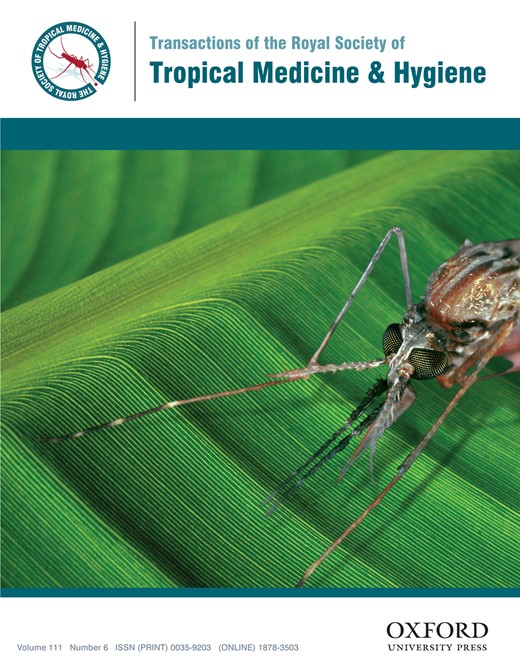-
Views
-
Cite
Cite
Helena Greter, Annour A Batil, Bongo N Ngandolo, Idriss O Alfaroukh, Doumagoum D Moto, Jan Hattendorf, Jürg Utzinger, Jakob Zinsstag, Human and livestock trematode infections in a mobile pastoralist setting at Lake Chad: added value of a One Health approach beyond zoonotic diseases research, Transactions of The Royal Society of Tropical Medicine and Hygiene, Volume 111, Issue 6, June 2017, Pages 278–284, https://doi.org/10.1093/trstmh/trx051
Close - Share Icon Share
Abstract
At Lake Chad in Central Africa, mobile pastoralists face economic losses due to livestock trematodiases. Fasciola gigantica and Schistosoma bovis—trematodes that affect livestock—share transmission ecology traits with Schistosoma haematobium and S. mansoni that cause human schistosomiasis. This project aimed at assessing treatment strategies and elucidating the predictive potential of human and livestock trematode infections.
Schistosomiasis and fascioliasis were investigated concurrently in humans and cattle by repeated cross-sectional surveys. Urine and stool samples from humans and faecal samples from cattle were examined for trematode eggs. Treatment strategies were assessed by means of focus group discussions and in-depth interviews.
Mobile pastoralists of four ethnic groups participated. Prevalence of human schistosomiasis and livestock trematodiases showed considerable heterogeneity from one ethnic group to another, but correlated within ethnic groups. Effective trematocidal drugs were not available in the study area.
Mutual predictive potential of human schistosomiasis and livestock fascioliasis relates to distinct livestock husbandry practices. Introducing efficacious strategic treatment against human schistosomiasis and livestock fascioliasis might improve human and animal health and well-being. Our research provides evidence for the benefits of a One Health approach targeting diseases that share specific ecological traits.






Comments